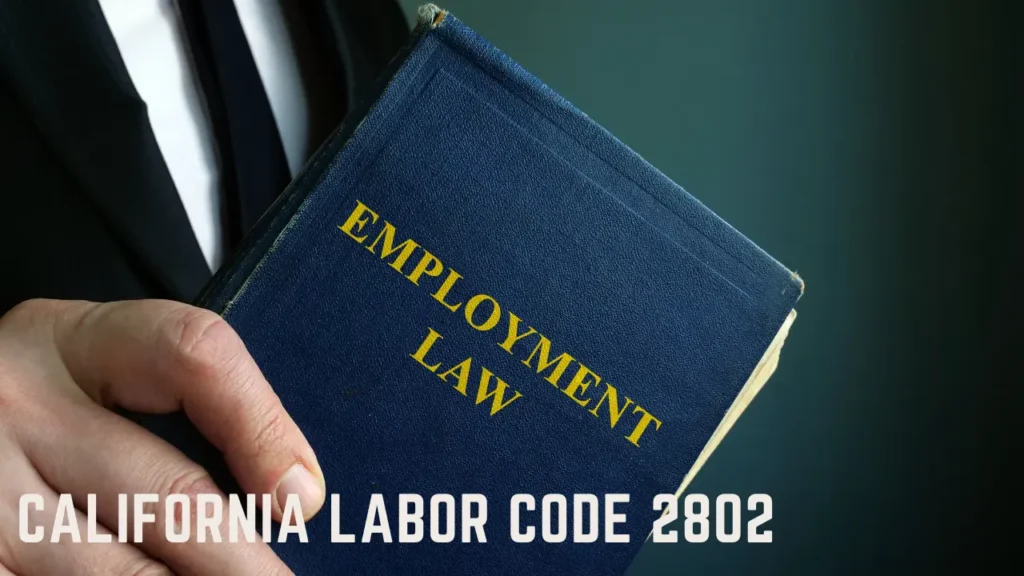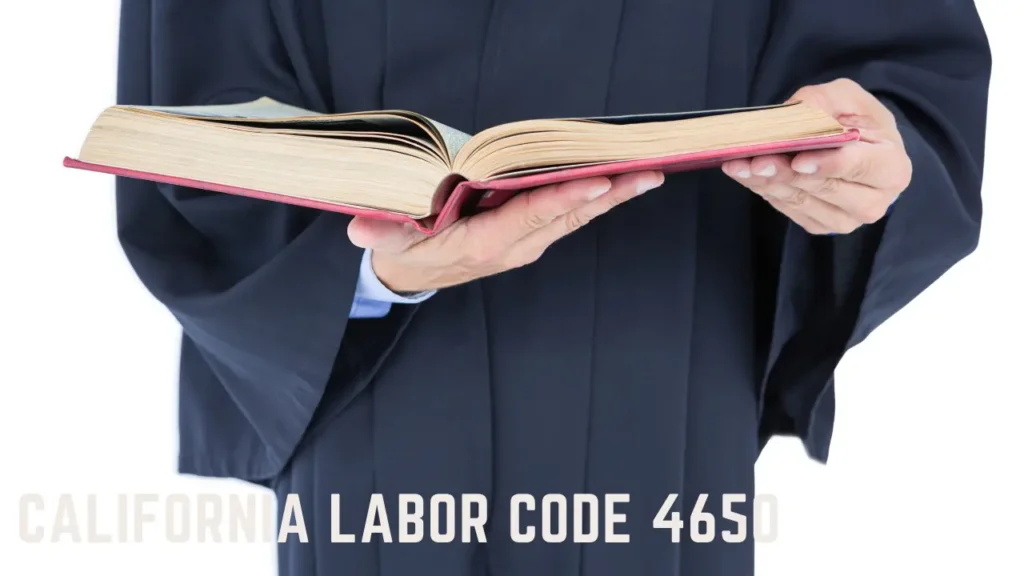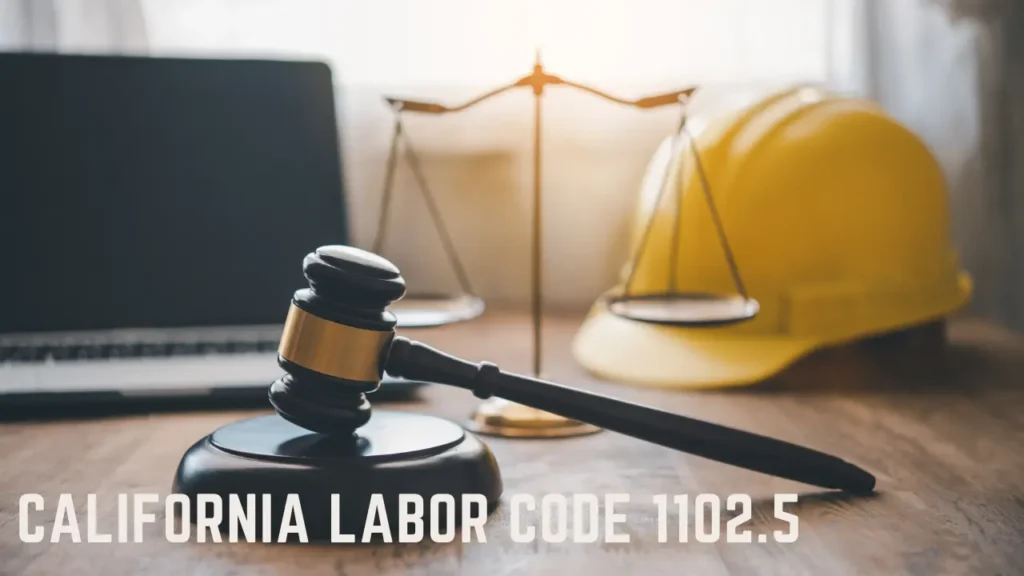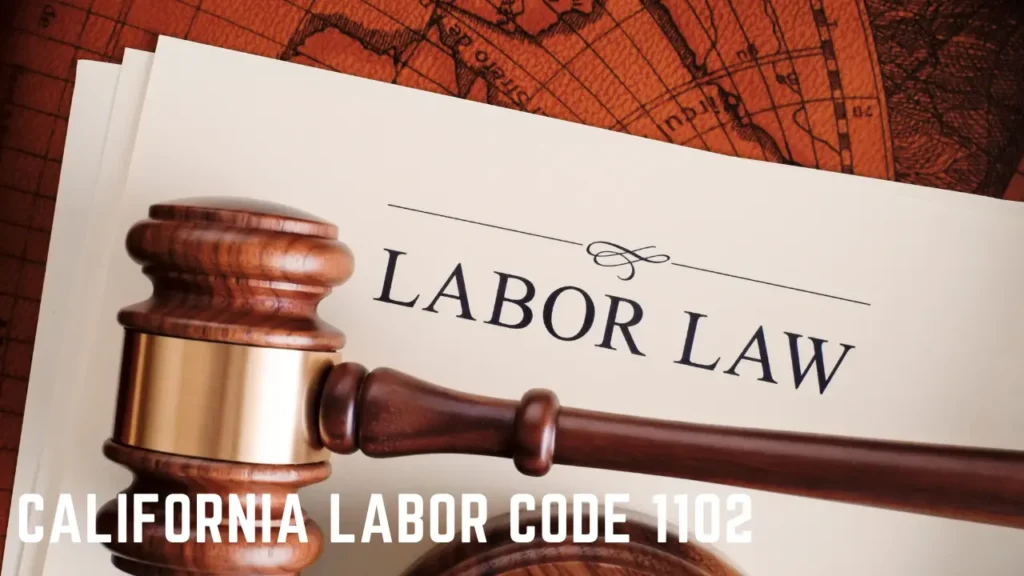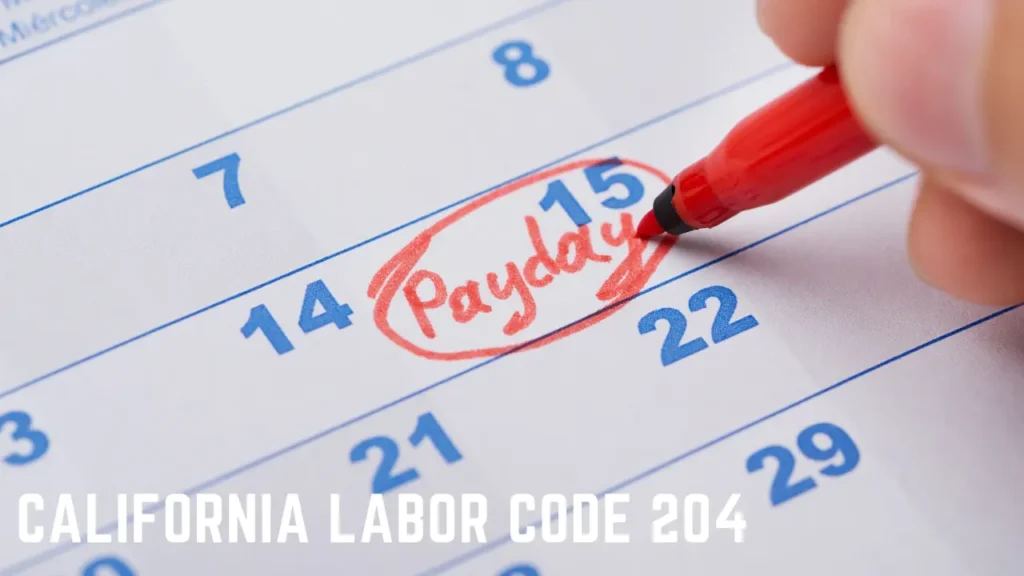Table of Contents
ToggleIn California, you have the right to bring a CRD complaint to the California Department of Fair Employment and Housing (CRD, formerly DFEH) to seek justice. Yet, knowing you can file a complaint and successfully doing so are two different things.
In the following discussion, we’ll guide you through the crucial five-step process for filing a successful CRD complaint, helping you navigate this complex journey toward justice.
But first, why is understanding these steps so vital for your case?
1. Determine whether you have a valid claim
To determine whether you have a valid claim under the Fair Employment and Housing Act (FEHA), you first need to ensure that your employer falls under the purview of the Act. FEHA covers employers that regularly employ five or more people, act as an agent of such an employer, or are public entities. Religious associations, religious nonprofits, and the federal government aren’t covered.
If your employer is covered under FEHA, the next step is to check if the conduct you’re alleging is unlawful under the Act. FEHA protects employees from various forms of discrimination, harassment, and retaliation based on protected characteristics such as race, gender, disability, and more.
Remember, you’ve got three years from the date of the alleged misconduct to file a CRD complaint. It’s important to gather evidence relevant to your claim, such as documentation of workplace bullying, discriminatory remarks, or pay stubs showing pay reductions.
Consulting an employment attorney can be beneficial in this process. They can provide guidance on the strength of your claim, help you navigate the legal requirements, and advocate for your rights. It’s essential to seek legal advice to ensure you’re taking the appropriate steps to protect your interests.
2. Gather evidence
When building your case, it’s crucial to gather concrete evidence that can substantiate your claim of workplace misconduct. Evidence is the backbone of your case and can significantly influence the outcome. This evidence can be in various forms, and they all contribute to building a compelling case.
- Document any incidents of discrimination, harassment, or retaliation. Keep a detailed log of these events, including date, time, location, persons involved, and what exactly transpired.
- Save all related emails, texts, or other forms of communication that can prove your case.
- Get statements from coworkers who can vouch for your experiences. Their testimonies can provide additional weight to your claim.
- Maintain records of any adverse employment actions taken against you after reporting the misconduct.
3. Determine if CRD is the right place
After gathering evidence, you need to evaluate whether the CRD is the most suitable place to file your CRD complaint. The CRD handles complaints related to workplace discrimination, harassment, and retaliation. However, it’s not your only option.
You could also file with the federal EEOC or initiate a lawsuit in state or federal court. Each avenue has its own set of rules and procedures. Comparing the intricacies of each option can help you decide the best course of action. For instance, factors like the nature of your claim, timing, and the level of damages you’re seeking can influence your decision.
4. Be Engaged in the investigation
Once you’ve chosen to file your CRD complaint with the CRD, you must prepare to actively participate in the ensuing investigation. This doesn’t mean just sitting back and letting the investigators do all the work. You have a vital role to play.
- Collaborate openly: Provide all necessary information to aid their work.
- Be transparent: Honesty is crucial to establishing credibility.
- Stay involved: Track your case’s progress and understand the process.
- Keep records: Document all interactions with the CRD and any new evidence that emerges.
5. Try to do a settlement or file a lawsuit
As you actively collaborate with the CRD and keep track of your case’s progress, there may come a point where you’ll need to consider negotiating a settlement or, if necessary, filing a lawsuit. This step is crucial and often involves a critical analysis of all the evidence collected and your chances of winning the case. It’s recommended to consult your attorney before making this decision.
If you decide to negotiate a settlement, it’s essential to consider what you’re willing to accept. Keep in mind that this process may involve several rounds of negotiations.
On the other hand, if you choose to file a lawsuit, remember that this will likely be a more time-consuming and costly process, but it might yield a more substantial outcome.
DFEH CRD complaint process
Navigating the DFEH CRD complaint process can be complex, but understanding each step can significantly improve your chances of a successful outcome. Here’s a simplified breakdown:
- First, you’ll need to file your complaint with the Department of Fair Employment and Housing (DFEH).
- Once your complaint is accepted, it will be assigned to an investigator who will conduct a thorough investigation.
- If your claim is found to be valid, the DFEH will issue a right-to-sue letter, enabling you to proceed with a lawsuit.
- Throughout this process, you’ll have the opportunity to resolve your complaint through mediation or negotiation.
Do any other agencies handle CRD complaints in California?
While the DFEH is a key agency for handling discrimination complaints, it’s important to know that they’re not the only resource available in California. You can also file complaints with the federal Equal Employment Opportunity Commission (EEOC).
The EEOC enforces federal employment discrimination laws, including Title VII of the Civil Rights Act. If your case involves violations of both state and federal laws, you may choose to advance under the Fair Employment and Housing Act (FEHA) as it often provides more protections and benefits.
Unlike Title VII, FEHA doesn’t cap emotional distress damages. So, depending on the specifics of your case, either the EEOC or DFEH might be your best option for redress. It’s crucial to consider the merits of each route before making a decision.
What is the EEOC‘s role?
In the realm of employment discrimination, the EEOC plays a pivotal role by enforcing federal laws, notably Title VII of the Civil Rights Act of 1964. As an employee, understanding the EEOC’s role in protecting your rights is crucial.
- The EEOC investigates complaints of discrimination based on race, color, religion, sex, national origin, age, disability, and retaliation.
- They offer mediation services to resolve disputes between employers and employees.
- If the EEOC finds evidence of discrimination, they can sue the employer on your behalf.
- They also provide guidance and outreach to prevent workplace discrimination.
Conclusion
Navigating the choppy waters of a CRD complaint can be daunting, but with appropriate guidance, you’re not alone. Understanding your rights, gathering evidence, choosing the right path, engaging in an investigation, and negotiating a settlement or filing a lawsuit are all crucial steps.
Stand up against workplace discrimination, harassment, or retaliation. This isn’t just about your job; it’s about maintaining your dignity. Remember, your voice matters. Seek justice, because you’re worth it.


